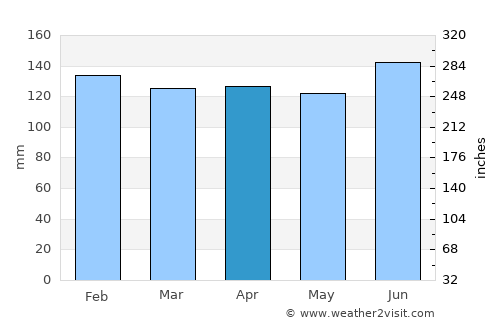
Roughly three-quarters of all homes in Livingston Parish and one-third in Ascension Parish received some type of flooding. Thirteen people were killed by flooding and an estimated 140 000 structures were inundated ( Baton Rouge Area Chamber 2016). The storm system originated near Florida on 3 August 2016 and slowly migrated along the northern Gulf Coast, dissipating nearly two weeks later over Texas. The storm also produced a record flood stage of 14.08 m (46.2 ft) on the Amite River at Denham Springs, Louisiana, breaking the previous record of 12.65 m (41.5 ft) by 1.43 m (4.7 ft) that was set during the historic 6–8 April 1983 flood ( Muller and Faiers 1984). 1), the greatest 48-h recorded rainfall in Louisiana, surpassing the previous 2-day state record of 739.65 mm (29.12 in.) by 57.7 mm (2.27 in.).

The storm produced a measured 48-h rainfall accumulation of 797.3 mm (31.39 in. Despite a long history of heavy rainfall, Louisiana experienced an event on 10–14 August 2016 that set numerous meteorological and hydrologic records ( Table 1). For example, the 1-day precipitation record for Louisiana, 558.8 mm (22 in.), was caused by a weak tropical wave on 29 August 1962. 1994), but tropical systems are also prominent ( Keim 1996). The state frequently experiences flood-producing rainfall events, primarily induced by fronts and strong convection ( Keim and Muller 1992 Faiers et al. Louisiana is the wettest state in the conterminous United States based on data from the National Centers for Environmental Information (NCEI) ( Faiers et al. A synoptic discussion of the event and analysis of the storm’s recurrence interval helps place this storm in a historical context. Using calibrated radar data, the Storm Precipitation Analysis System (SPAS) revealed that one location likely received >864 mm (34 in.) of precipitation during the duration of the storm, well over the estimated 1000-yr return interval. One station measured a 48-h rainfall total of 797.3 mm (31.39 in.)-the greatest 48-h total on record for Louisiana. Totals exceeded 254 mm (10 in.) for much of southern Louisiana, while locations adjacent to Baton Rouge and Lafayette received upward of 635 mm (25 in.). Once over south-central Louisiana, the storm was able to take advantage of anomalously high precipitable water, broad low-level instability, and continuous moisture inflow from the Gulf of Mexico to produce historic rainfall. The storm was the result of a moisture-rich, tropical low pressure system, also known as a tropical easterly wave, that slowly tracked westward along the Gulf Coast from Florida to Texas.

This study examines the spatiotemporal characteristics of the historic 10 –14 August 2016 south-central Louisiana precipitation event.


 0 kommentar(er)
0 kommentar(er)
